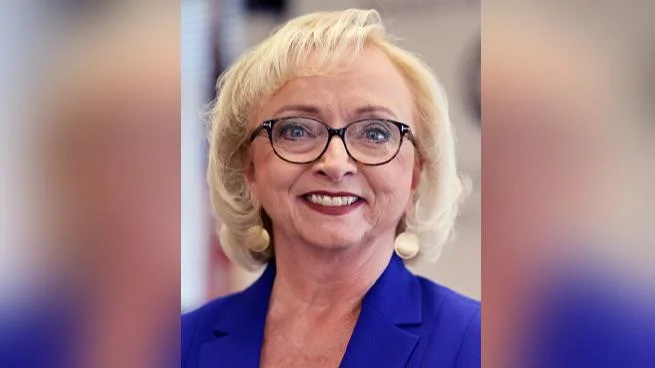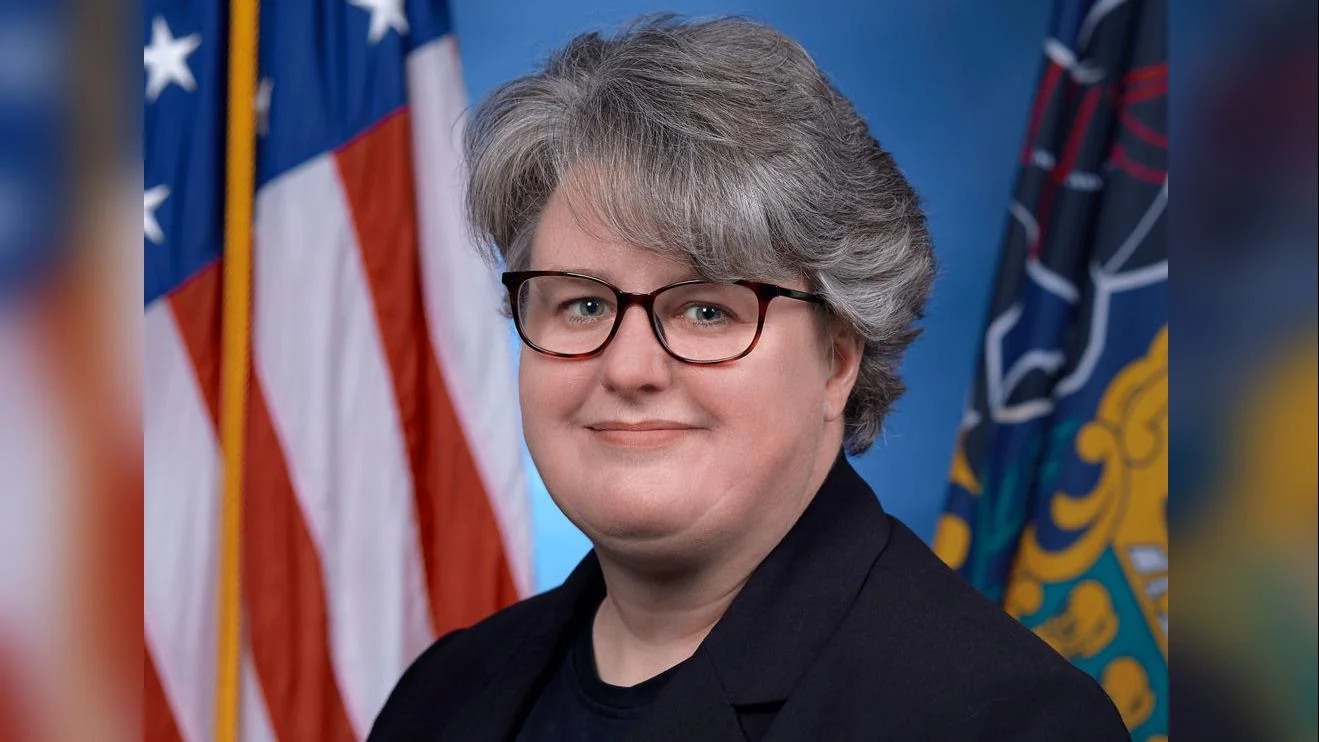
Dr. Diane Golzynski, Deputy Superintendent for Business, Health, and Library Services | Michigan Department of Education
The Michigan State Board of Education has called on the state legislature to prioritize reducing class sizes in high-poverty K-3 classrooms. In a resolution approved on Tuesday, the board urged legislators to focus on this issue in the fiscal year 2026 state budget and to establish class size limits for all grade levels by the 2030-31 school year.
Board member Dr. Mitchell Robinson, who introduced the resolution, emphasized the benefits of smaller class sizes. "Research has shown smaller class size improves the learning environment for students because teachers are better able to address the needs of their students both academically and holistically," he stated. He noted that studies indicate class size reduction leads to improved student outcomes, including better grades and test scores, fewer behavior problems, and an increased likelihood of graduating from high school on time and enrolling in college.
The resolution highlights disparities in class sizes across different demographics, pointing out that Black ninth graders are over three times more likely than their white peers to be in large classes.
The Michigan Department of Education has also advocated for reduced class sizes in high-poverty K-3 classrooms through its 2025 Legislative Priorities Letter and legislative testimony. State Superintendent Dr. Michael F. Rice commented on the importance of small class sizes: "Small class sizes in high-poverty early elementary classrooms help children learn and teachers teach, particularly early reading, writing, and math skills."
Citing a University of Michigan Education Policy Initiative policy brief, the board noted that nearly 1 in 20 first-grade students have homerooms with 40 or more students. This figure rises to more than 1 in 10 students having at least one core course of similar size by seventh and ninth grade.
The resolution proposes limiting class sizes by the 2030-31 academic year to no more than 20 students per class in grades K-3, no more than 23 students per class in grades 4-8, and no more than 25 students per class in grades 9-12. Exceptions would be made for physical education, performing arts classes, career technical education, and consultations with specialist teachers.






 Alerts Sign-up
Alerts Sign-up